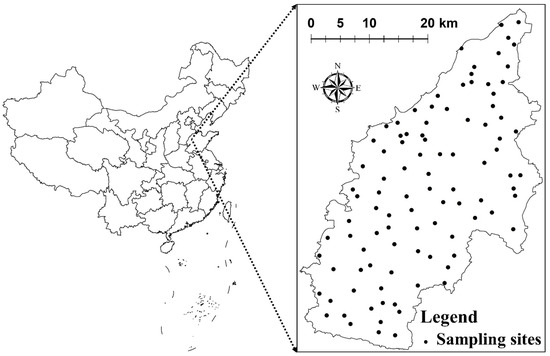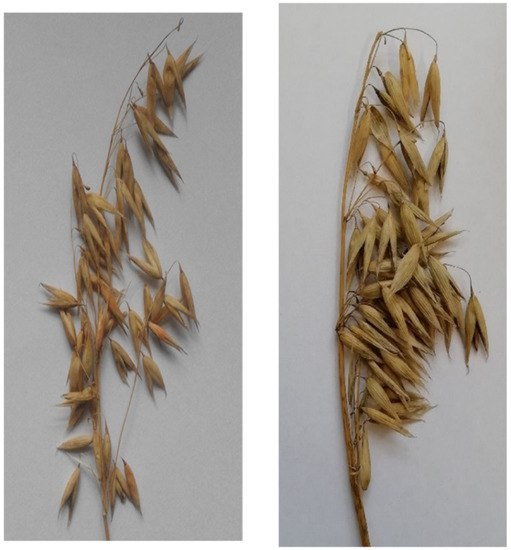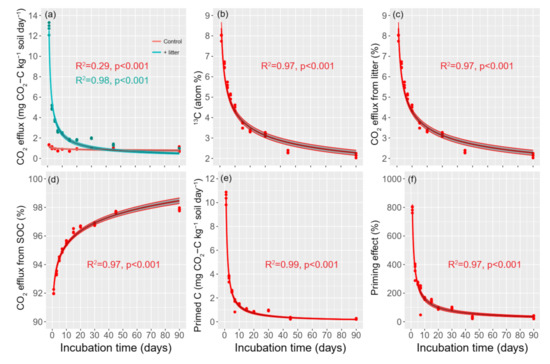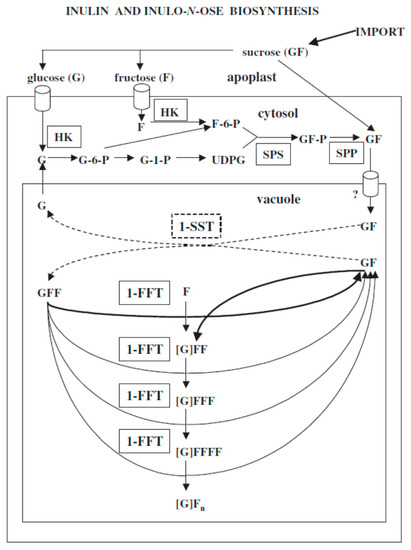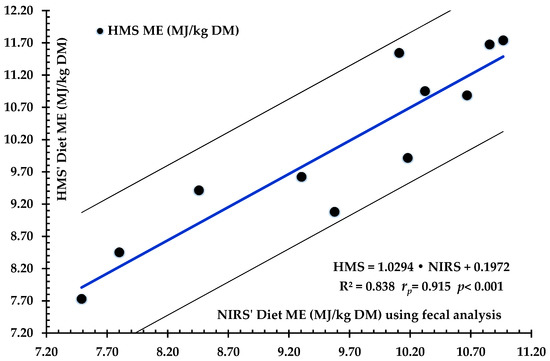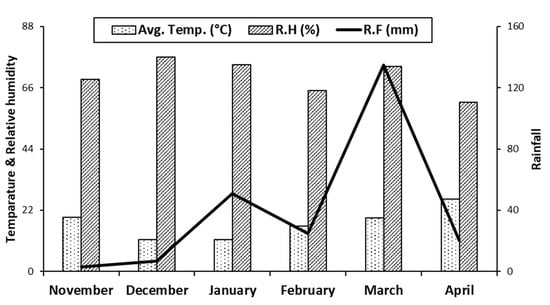Agronomy 2022, 12(2), 301; https://doi.org/10.3390/agronomy12020301 - 25 Jan 2022
Cited by 3 | Viewed by 4241
Abstract
Assessing planting to ensure well-distributed plants is important to achieve high yields. Digital farming has been helpful in these field assessments. However, these techniques are at most times not available for smallholder farmers or low-income regions. Thus, to contribute such producers, we developed
[...] Read more.
Assessing planting to ensure well-distributed plants is important to achieve high yields. Digital farming has been helpful in these field assessments. However, these techniques are at most times not available for smallholder farmers or low-income regions. Thus, to contribute such producers, we developed two methods to assess intra-row spacing in commercial fields using mobile photos and simple image processing. We assessed a maize field after mechanized planting in 7 and 12 days after planting (DAP) and in two farming systems (conventional and no-till) to acquire images at height of one meter and perpendicular to the ground. In the first method, we used morphological operations based on the HSV scale and the center of mass to extract the region of interest (ROI) corresponding to the maize plant. In the second method, we used local maxima equations (Peaks) to find prominence values corresponding to the maize plant and extract their coordinates. No-till images were deleted due to excessive weeds. Thus, before acquiring the images, it is necessary to remove these elements (e.g., no-till adapted). The methods achieved an overall RMSE of 3.48 cm (<5.63 cm) and R² of 0.90 (>0.71) between the actual and estimated spacing. Precision and recall were higher than 0.88. There was no difference between actual and estimated CV values, except in conventional tillage in 7 DAP using ROI due to leaves overlapping. The method Peaks was more accurate to detect multiple spacing but miss spacing was correctly detected in both methods. However, the larger the plant leaves, the worse the detection. Thus, our proposed methods were satisfactory and are promising for assessing planting in a remote and accessible way.
Full article
(This article belongs to the Special Issue Application of Image Processing in Agriculture)
►
Show Figures



